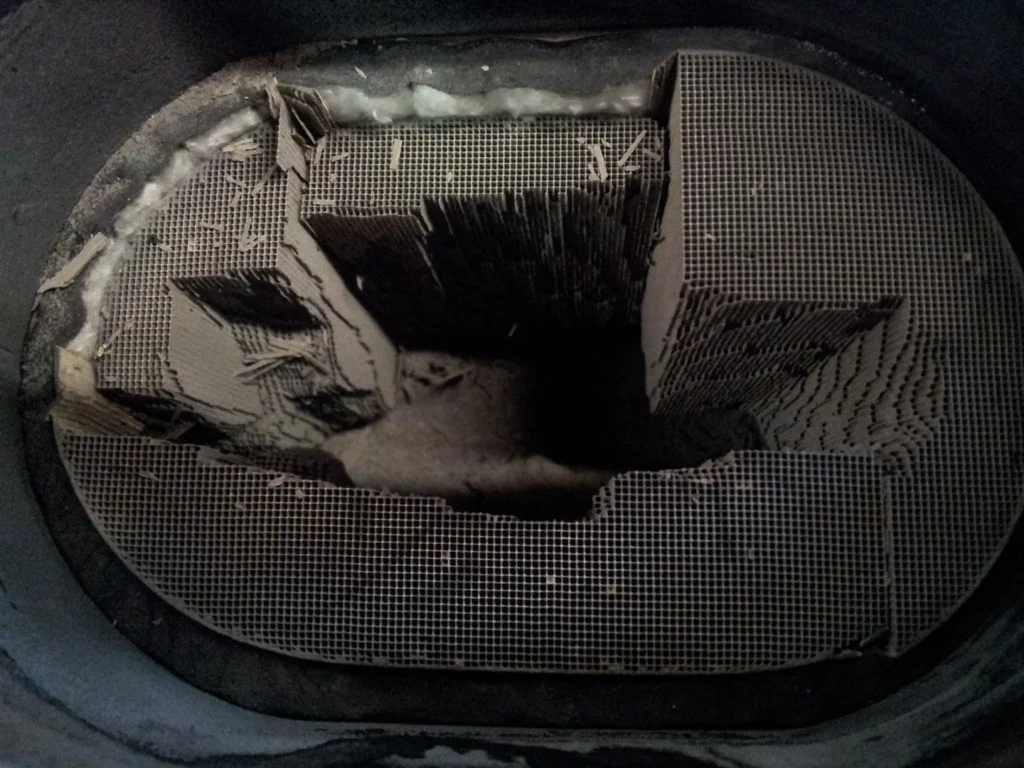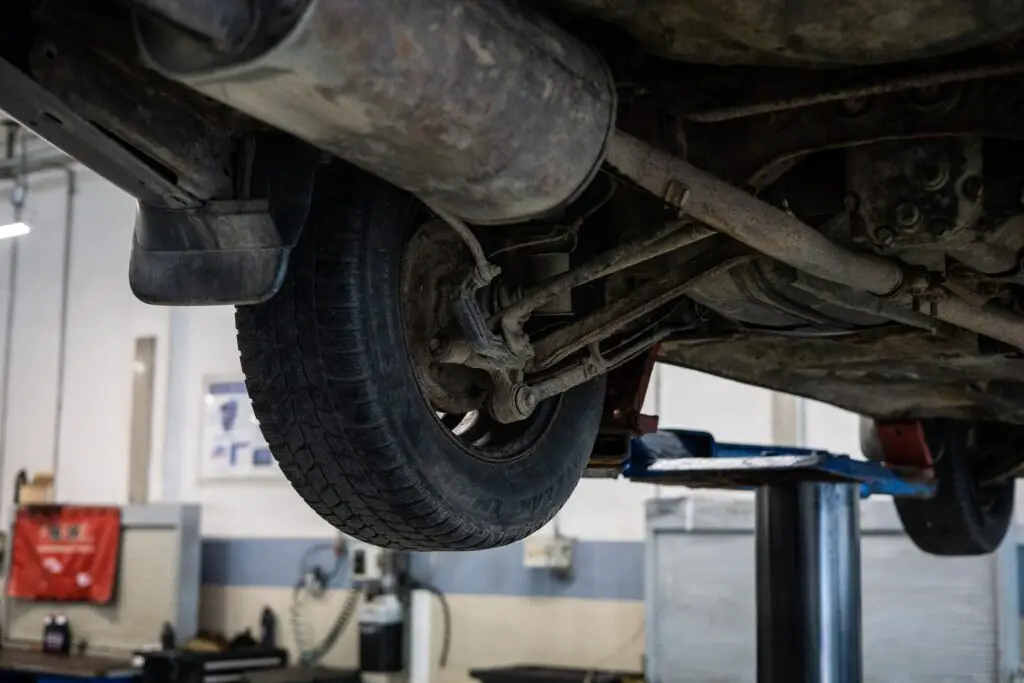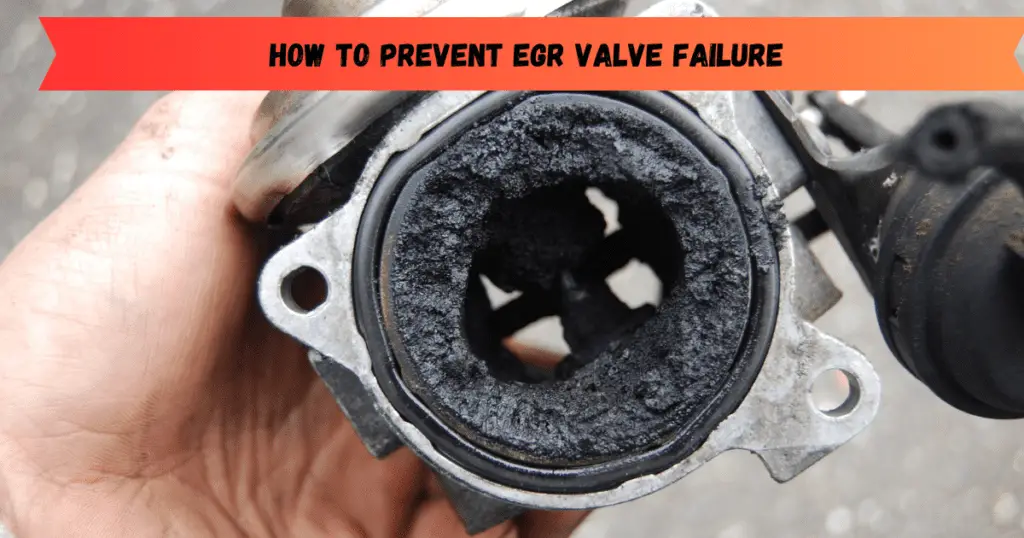Picture this: You’re running late for work, jump into your car, turn the key, and… nothing happens. While most people immediately suspect a dead battery or fuel issues, there’s another potential culprit lurking beneath your vehicle: the catalytic converter. This critical emissions control device can indeed prevent your car from starting, and understanding why could save you both time and money.
Understanding Your Catalytic Converter’s Role
Your vehicle’s catalytic converter plays a crucial role in reducing harmful emissions. Located between the engine and muffler, this device contains a honeycomb structure coated with precious metals like platinum, palladium, and rhodium. These metals act as catalysts, converting toxic exhaust gases into less harmful substances. When working properly, it’s an environmental guardian that quietly does its job without drawing attention.

Signs Your Catalytic Converter Is Failing
Before your car refuses to start, your catalytic converter typically shows several warning signs. Understanding these symptoms can help you address the issue before it leaves you stranded.
1. Declining Engine Performance
One of the earliest indicators of catalytic converter problems is a noticeable decrease in engine performance. You might experience:
- Sluggish acceleration, especially when trying to pass other vehicles
- Engine hesitation when pressing the gas pedal
- Reduced power when climbing hills or carrying loads
2. Poor Fuel Economy
If you’re visiting the gas station more frequently than usual, your catalytic converter might be to blame. A failing converter creates back pressure in the exhaust system, forcing your engine to work harder and consume more fuel. This inefficiency can reduce your fuel economy by 10-25%, depending on the severity of the problem.
3. Unusual Exhaust Odors
A properly functioning catalytic converter shouldn’t produce strong odors. However, when it starts failing, you might notice:
- A distinctive rotten egg smell (sulfur)
- Strong exhaust fumes
- Unusual chemical odors
4. Check Engine Light Activation
Modern vehicles are equipped with oxygen sensors that monitor exhaust emissions. When your catalytic converter isn’t performing optimally, these sensors trigger the check engine light. While this warning light can indicate various issues, catalytic converter problems are common enough to warrant investigation.
The Starting Problem: How a Bad Catalytic Converter Prevents Engine Start
When a catalytic converter becomes severely clogged or damaged, it can indeed prevent your car from starting. This occurs because:
- Exhaust Flow Restriction: A clogged converter acts like a cork in a bottle, preventing exhaust gases from escaping properly. This backup creates excessive back pressure in the engine.
- Combustion Interference: Engines require a precise balance of air and fuel for combustion. When exhaust can’t escape efficiently, fresh air can’t enter the engine in sufficient quantities, disrupting this crucial balance.
- Sensor Reactions: Modern engines rely on oxygen sensors to regulate the fuel mixture. A blocked catalytic converter can cause these sensors to send incorrect signals to the engine control unit, potentially preventing the engine from starting.
https://youtu.be/hu-Y_RRK7Aw
Solutions for a Catalytic Converter Problem
When facing catalytic converter issues, you have several options depending on the severity of the problem and your budget.
Professional Diagnosis
Before attempting any solutions, have a qualified mechanic perform a comprehensive diagnostic test. They can:
- Use specialized equipment to measure back pressure
- Check oxygen sensor readings
- Inspect for physical damage or deterioration
- Determine if the converter is truly the root cause
Cleaning vs. Replacement
For mild to moderate clogs, cleaning might be an option:
- Catalytic Converter Cleaners
- Fuel-system additives can help remove minor deposits
- Most effective when used early in the problem cycle
- Regular use can prevent future clogs
- Results typically show within 100-200 miles of driving
- Professional Cleaning Services
- More thorough than DIY solutions
- Can extend converter life if caught early
- More cost-effective than replacement
- Not suitable for severely damaged converters
Replacement Considerations
When cleaning isn’t sufficient, replacement becomes necessary. Current replacement costs typically range:
- Parts: $800-$2,500 (depending on vehicle make and model)
- Labor: $150-$300
- Total Cost: $950-$2,800
The wide price range reflects variations in:
- Vehicle type and age
- Converter type (OEM vs. aftermarket)
- Location and labor rates
- Number of converters needed (some vehicles have multiple)
Preventive Measures and Maintenance
Protect your catalytic converter and prevent starting issues with these proven strategies:
Regular Maintenance
- Keep your engine properly tuned
- Address check engine lights promptly
- Use recommended fuel grade
- Change oxygen sensors according to schedule
- Maintain proper oil levels
Driving Habits
- Avoid short trips that don’t allow full warm-up
- Drive at highway speeds periodically to help clean the converter
- Don’t ignore unusual sounds or performance changes
- Avoid driving through deep water that could crack a hot converter
Frequently Asked Questions
Will your car start if the catalytic converter is gone?
Yes, a car can start and run without a catalytic converter. However, this is illegal in most jurisdictions and will cause:
- Increased emissions
- Check engine light activation
- Potential fines if caught
- Failed emissions tests
Can a catalytic converter stop a car from running?
Yes, a severely clogged or damaged converter can cause your car to:
- Stall while driving
- Run roughly
- Eventually fail to start
- Shut off after brief operation
How to start a car with a clogged catalytic converter?
If you must start your car with a clogged converter:
- Allow the engine to cool completely
- Try starting in neutral rather than park
- Press the accelerator slightly while starting
- Keep RPMs slightly elevated until the engine warms Note: These are temporary solutions only. Address the underlying problem promptly.
When to Seek Professional Help
Contact a qualified mechanic immediately if you experience:
- Complete inability to start the vehicle
- Severe loss of power
- Strong exhaust odors
- Rattling sounds from under the vehicle
- Multiple check engine light occurrences
Conclusion
While a failing catalytic converter can indeed prevent your car from starting, early recognition of symptoms and prompt action can prevent this worst-case scenario. Regular maintenance, attention to warning signs, and appropriate driving habits can extend your converter’s life significantly. When problems do arise, professional diagnosis and timely repair or replacement will keep your vehicle running efficiently while maintaining environmental compliance.
Remember: The cost of preventive maintenance is always lower than emergency repairs. Monitor your vehicle’s performance, address issues promptly, and consult qualified professionals when needed to maintain your catalytic converter’s health and your vehicle’s reliability.

